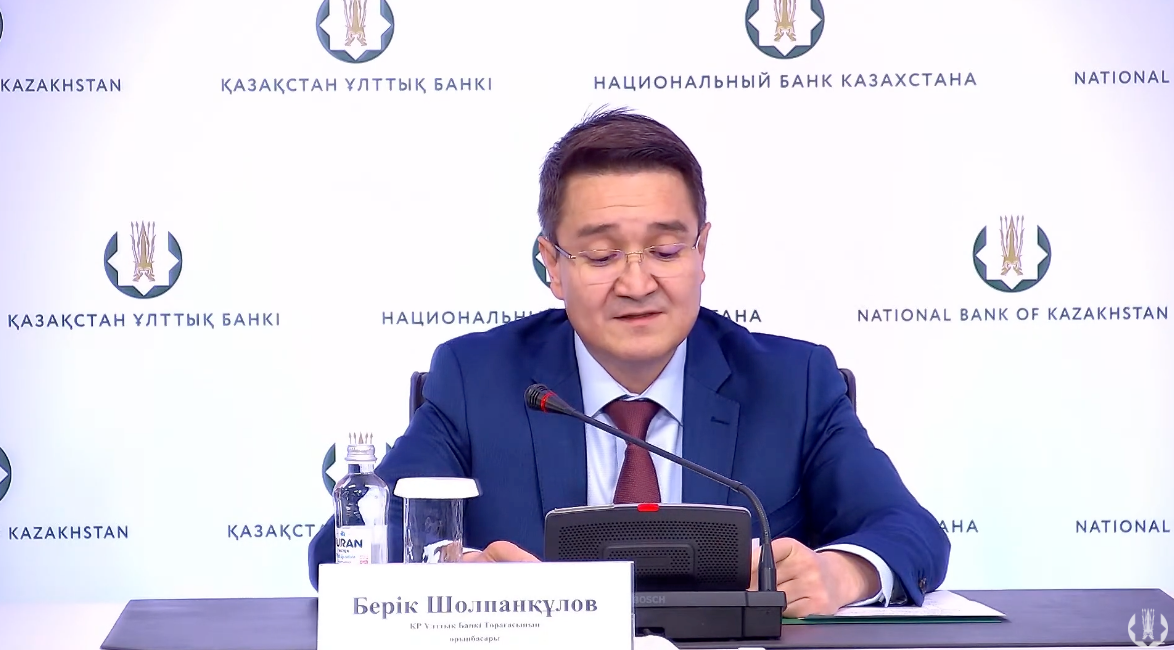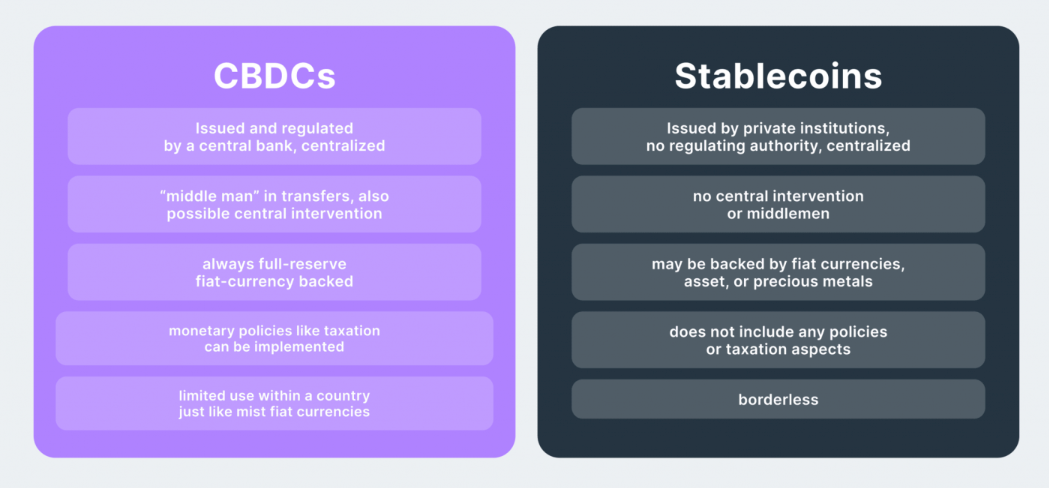Digital tenge is Kazakhstan’s central bank digital currency pilot that will function as legal tender for interbank settlements, while the state-linked Evo stablecoin targets ecosystem payments and cross-border business use — the two are designed to be interoperable rather than competitive.
-
Digital tenge acts as legal tender for interbank settlement and monetary policy.
-
Evo stablecoin is state-linked and tailored for ecosystem payments and cross-border activity.
-
Kazakhstan’s dual-track model aims to boost financial sovereignty and attract crypto projects; the CBDC launched in 2023 and Evo rolled out in September 2025.
Digital tenge pilot and Evo stablecoin: Kazakhstan advances a two-track digital-assets strategy to boost payments, sovereignty and crypto hub ambitions — learn what this means.
Kazakhstan is advancing a dual model by piloting its digital tenge CBDC alongside the Evo stablecoin as part of its push to be a crypto hub.
Kazakhstan is moving forward with a dual-track approach to digital assets, piloting its central bank digital currency (CBDC) while also backing a state-linked stablecoin.
In September, the National Bank of Kazakhstan launched the Evo stablecoin in collaboration with Solana and Mastercard, marking one of the first cases of state-backed stablecoin development worldwide. The central bank has also been progressing with its CBDC, digital tenge, which launched in 2023.
Berik Sholpankulov, deputy governor of the National Bank of Kazakhstan, said the Evo stablecoin and the digital tenge present integration opportunities and interoperability rather than competition.
Sholpankulov confirmed the digital tenge pilot is ongoing, adding new participants and projects, and that lawmakers are working to establish the digital tenge as legal tender equal to fiat money.
What is the digital tenge and how does it differ from the Evo stablecoin?
Digital tenge is the national CBDC pilot intended as legal tender and a tool for interbank settlement, while the Evo stablecoin is a state-linked private token focused on specific ecosystems and commercial payments. The CBDC supports monetary policy; Evo targets user adoption and cross-border use.
How will Kazakhstan integrate CBDC and stablecoins?
Kazakhstan plans interoperability layers and clear regulation to let the digital tenge underpin settlement rails while allowing Evo and other stablecoins to serve businesses and consumers.
The central bank sees the CBDC as a guarantor for payments and as a foundation for fintech innovation. Private issuers can build on CBDC rails without requiring direct bank settlement, expanding payment options across public and private networks.

Berik Sholpankulov, deputy governor of the National Bank of Kazakhstan, during a policy briefing on digital asset regulation, May 2025. Source: YouTube
Why adopt a two-tier system: CBDC for banks, stablecoins for ecosystems?
Officials describe a two-tier model: a central-bank-issued digital tenge for policy and interbank settlement, and ecosystem stablecoins such as Evo for commercial payments and cross-border transactions.
Talgat Dossanov, founder of Intebix exchange (issuer partner for Evo) emphasized complementary roles: the CBDC reinforces financial sovereignty while the stablecoin accelerates global crypto integration and practical payments.
What evidence supports the approach?
Kazakhstan has already allowed regulatory fees in USDt, launched a spot Bitcoin fund, and moved toward a state-backed crypto reserve. Meetings with industry figures and initiatives in tokenization and KZTx discussion show active public-private engagement.
Frequently Asked Questions
Will the digital tenge replace cash?
The digital tenge is intended to be legal tender and coexist with cash, enhancing settlement efficiency rather than immediately replacing physical currency.
Can Evo and the digital tenge be exchanged?
Regulatory frameworks aim to enable conversion and interoperability between the digital tenge and ecosystem stablecoins under supervised conditions to protect stability.
Key Takeaways
- Dual-track strategy: CBDC (digital tenge) for policy and settlement; Evo for ecosystem payments.
- Financial sovereignty: CBDC strengthens national control while stablecoins enable market growth.
- Practical next steps: Expect regulatory integration, pilot expansion, and public–private tokenization initiatives.

CBDCs versus stablecoins. Source: B2BinPay
When will the digital tenge enter full circulation?
Authorities state that once the regulatory framework is complete, the digital tenge will enter circulation as a means of payment and a guarantor on behalf of the national bank.
Kazakhstan’s parallel rollout reflects a broader ambition to be Central Asia’s crypto hub. The country’s initiatives — regulatory fees in stablecoins, spot crypto funds, and state discussions on tokenization — indicate a deliberate push to blend sovereign payment infrastructure with private-sector crypto innovation.

Kazakhstan’s President Kassym-Jomart Tokayev (left) met with former Binance CEO Changpeng Zhao on Thursday. Source: Press office of the President of Kazakhstan
How does this affect international partners?
Kazakhstan’s model offers a blueprint for emerging markets prioritizing currency sovereignty and practical payments. International firms and exchanges may engage via approved partnerships and tokenization projects under national rules.
Conclusion
The dual-track deployment of the digital tenge and the state-linked Evo stablecoin positions Kazakhstan to secure monetary sovereignty while attracting crypto innovation. Expect expanded pilots, clearer regulation, and growing integration between public CBDC rails and private stablecoin ecosystems. Follow policy updates and pilot results for next-phase developments.





